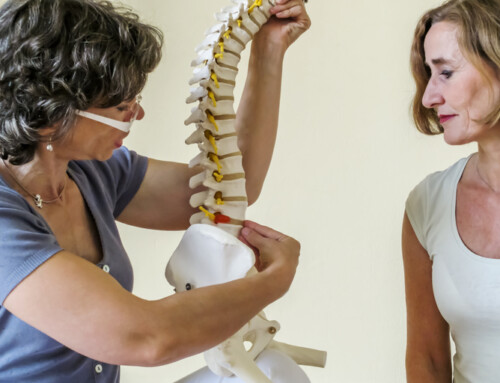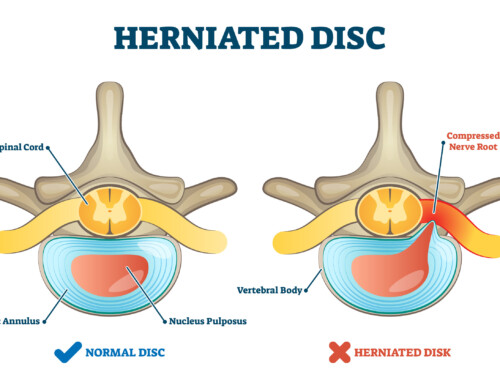by Arthur Wayne Baker Jr.
What is Lumbar Radiculopathy?
Lumbar radiculopathy occurs when a spinal nerve root in the lower back becomes compressed or irritated, resulting in pain, tingling, numbness, and weakness in the legs. This condition often stems from herniated discs, spinal stenosis, degenerative disc disease, or other spinal conditions. By understanding the underlying causes, you can work with your physical therapist to develop an effective treatment plan.
The Role of Physical Therapy in Lumbar Radiculopathy Treatment:
Physical therapy focuses on reducing pain, improving mobility, and enhancing overall function. When it comes to lumbar radiculopathy, your physical therapist will design a personalized treatment program based on your specific needs and goals. Here are some common approaches they may use:
a. Manual Therapy: Manual therapy techniques, such as joint mobilization and soft tissue manipulation, can help reduce pain, improve spinal alignment, and enhance joint mobility. Your physical therapist will employ their hands-on skills to target the affected area gently.
b. Exercise Prescription: Specific exercises will be tailored to your condition and stage of recovery. Strengthening exercises, stretching routines, and core stabilization exercises can all play a role in alleviating symptoms, reducing pressure on the affected nerve, and enhancing spinal stability.
c. Education and Lifestyle Modification: Your physical therapist will provide you with valuable information about posture correction, body mechanics, and ergonomics to minimize stress on your lower back and prevent future episodes of lumbar radiculopathy.
Gradual Progression and Rehabilitation:
Physical therapy is a gradual process, and it’s important to follow your therapist’s guidance and recommendations. Your treatment plan will likely involve progressive exercises and activities that challenge your body safely. As you progress, your therapist will monitor your response to treatment and make adjustments as needed to ensure optimal outcomes.
Long-Term Management and Prevention:
Beyond symptom relief, physical therapy focuses on long-term management and prevention of lumbar radiculopathy. Your physical therapist will equip you with the necessary tools and knowledge to maintain a healthy spine, including ongoing exercise programs, postural awareness, and self-care techniques. By implementing these strategies, you can reduce the risk of recurrent episodes and enjoy a pain-free life.
Lumbar radiculopathy can significantly impact your daily activities and overall well-being. However, with the help of physical therapy, you can regain control of your life and find relief from pain and discomfort. Remember, each person’s journey is unique, and your physical therapist will tailor a treatment plan to suit your specific needs. By actively participating in your rehabilitation, you can pave the way for a healthier, stronger, and more pain-free future.
Always consult a qualified physical therapist to receive an accurate diagnosis and personalized treatment plan for your lumbar radiculopathy.
References:
1. Berry JA, Elia C, Saini HS, Miulli DE. A review of lumbar radiculopathy, diagnosis, and treatment. Cureus. 2019;11(10):e5934. doi:10.7759/cureus.5934
2. Alexander CE, Varacallo M. Lumbosacral Radiculopathy. StatPearls Publishing; 2022
3. Khorami AK, Oliveira CB, Maher CG, et al. Recommendations for diagnosis and treatment of lumbosacral radicular pain: A systematic review of clinical practice guidelines. J Clin Med. 2021;10(11):2482. doi:10.3390/jcm10112482
When you need a PT diagnosis, treatment and prevention for lumbar radiculopathy in Queensbury, Malta or Saratoga Springs NY, physical therapy services at Capital Area Physical Therapy & Wellness are the ideal solution to help you live a pain-free, active life. Contact us at one of our physical therapy clinics at 518-289-5242 to learn more or schedule an appointment!






